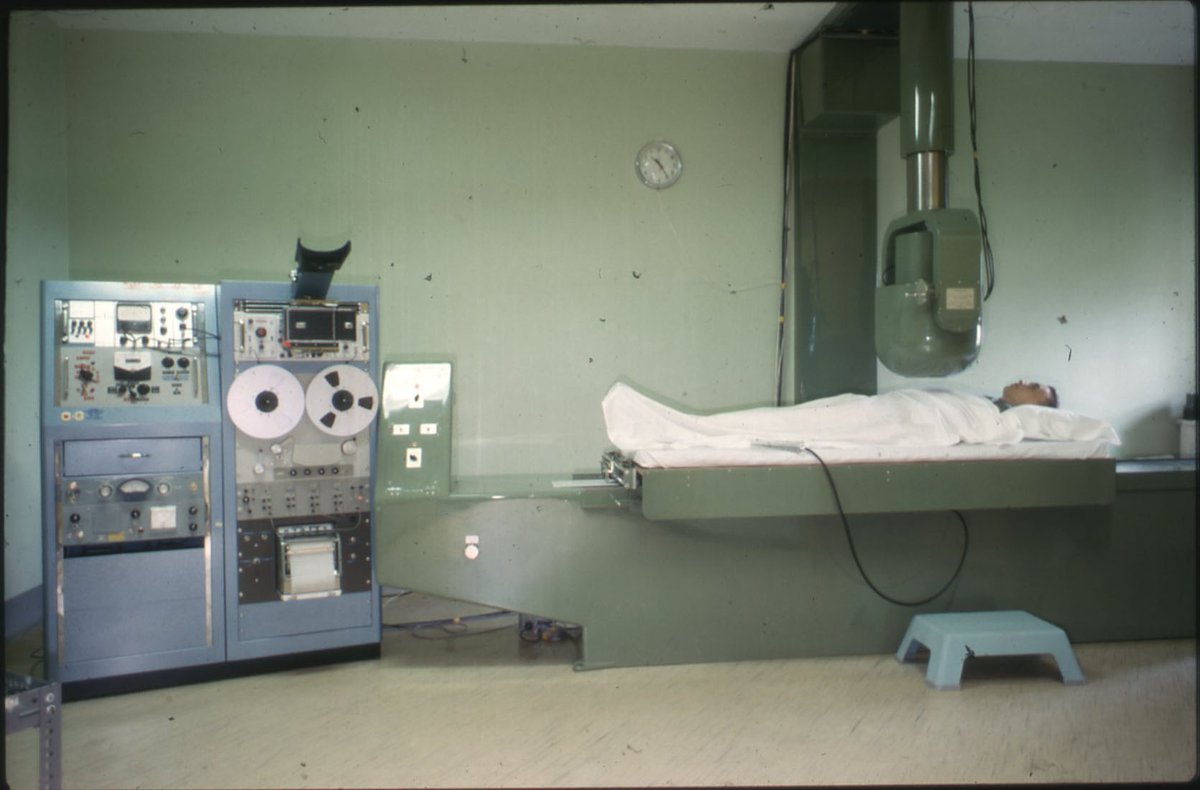
Good morning, and happy Last Day Before The Saskatchewan Provincial Election. Over the past month, we've uploaded around 50 posts from Saskatchewan women writers with many ideas for SK future.
womenforsaskatchewan.ca
womenforsaskatchewan.ca
Ours Voices of Iskwewak series, written by Indigenous leaders, is amongst the most powerful writing, shining light with an Indigenous lens. womenforsaskatchewan.ca/category/voice…
Many of the posts touch on aspects of education policy. womenforsaskatchewan.ca/category/educa…
In Saskatchewan, health policy topics receive our attention. Warning: these posts are among the most personal, searing, and direct. womenforsaskatchewan.ca/category/healt…
Topics related to rural policy are found here, including my own contributions to the site. womenforsaskatchewan.ca/category/rural…
Environmental policy has been a major theme for the site, as well:
womenforsaskatchewan.ca/category/envir…
womenforsaskatchewan.ca/category/envir…
Economic policies receive concerted attention (read in particular my favourite So Long Status Quo by Winter Fedyk): womenforsaskatchewan.ca/category/econo…
There are plenty of options, under lots of categories, for reading. But if you would rather listen, there are some fantastic podcasts, too! womenforsaskatchewan.ca/category/podca…
The site continues to build. If you have thoughts on a subject and want to pull up a pen, you can become a contributor here: womenforsaskatchewan.ca/become-a-contr…
• • •
Missing some Tweet in this thread? You can try to
force a refresh




